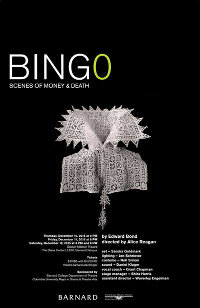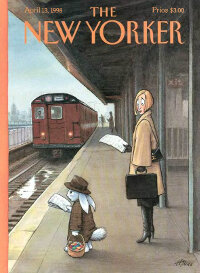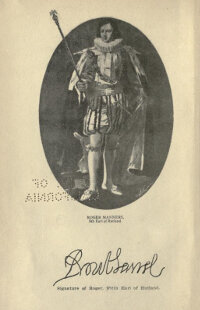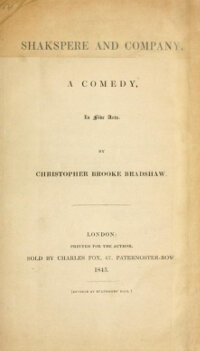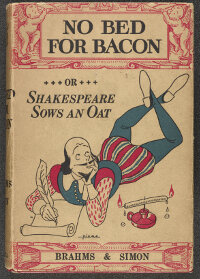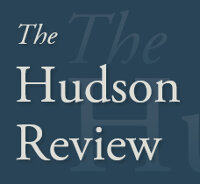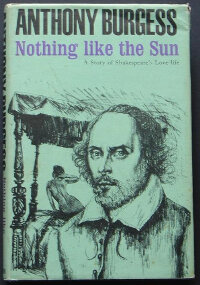Edward Bond
London: Eyre Methuen, 1974
Originally produced in England in 1973, and revived in 1974 starring John Gielgud as Shakespeare, Edward Bond’s play Bingo examines Shakespeare’s retirement to Stratford-on-Avon in a series of bleak scenes set in 1615 and 1616. Bond is particularly interested in the controversy surrounding Shakespeare’s involvement in “enclosure” in Warwickshire as recorded in the historical records of his life. Bond’s Shakespeare is melancholy, world-weary, and more concerned with his money than the common good. He is also border-line senile and prone to distracted, staccato musing. At its weakest points, the play might read to some as a poor attempt to write Shakespeare as a character in a Beckett play. But it offers a searing imaginative creation of the man behind the celebrated canon: a profoundly gifted artist whose insight into humanity and interpersonal relationships was reserved for his fictional creations. Alienated from his daughter Judith and his wife, who is never seen on stage, this Shakespeare is a Pericles or Leontes desperately in need of the sort of familial redemption he imagined in his late plays. Allusions to King Lear abound, and readers well-versed in the Elizabethan and Jacobean theatrical scene will delight in the play’s strongest and most memorable scene, which showcases Ben Jonson telling Shakespeare what he really thinks of him (it’s not good). –BW
